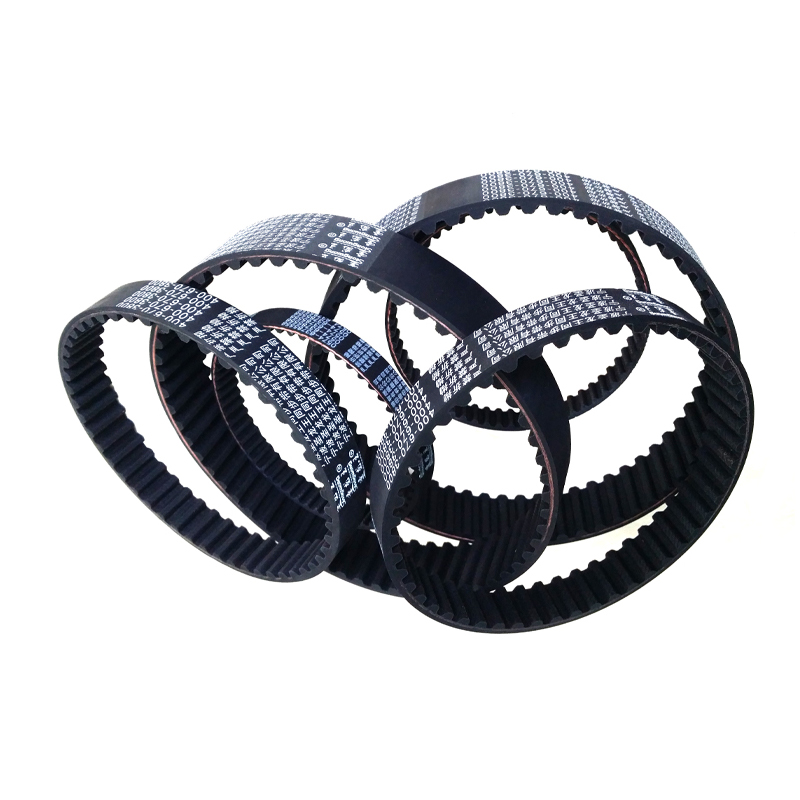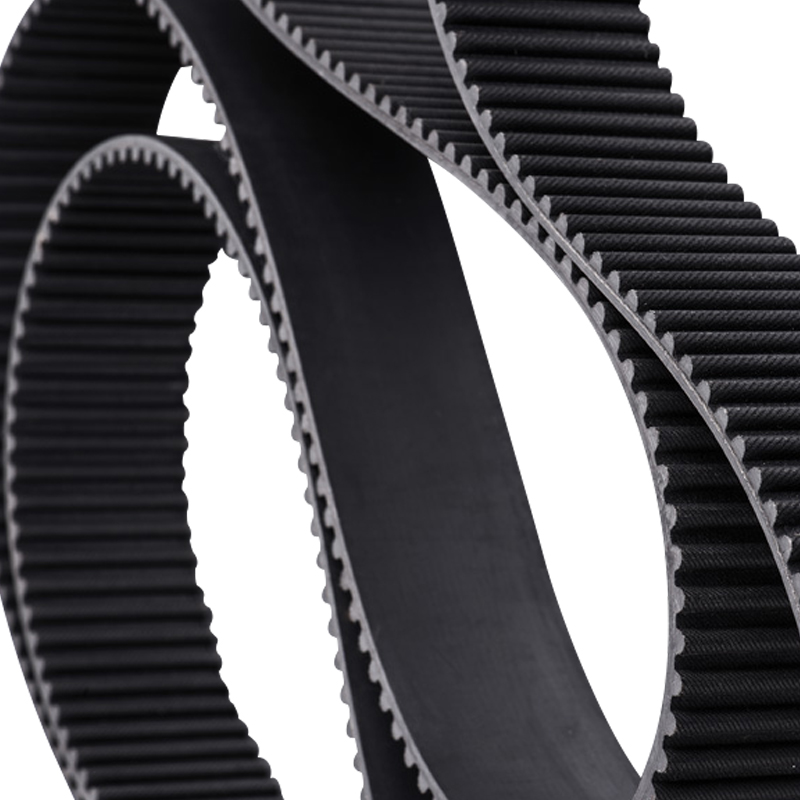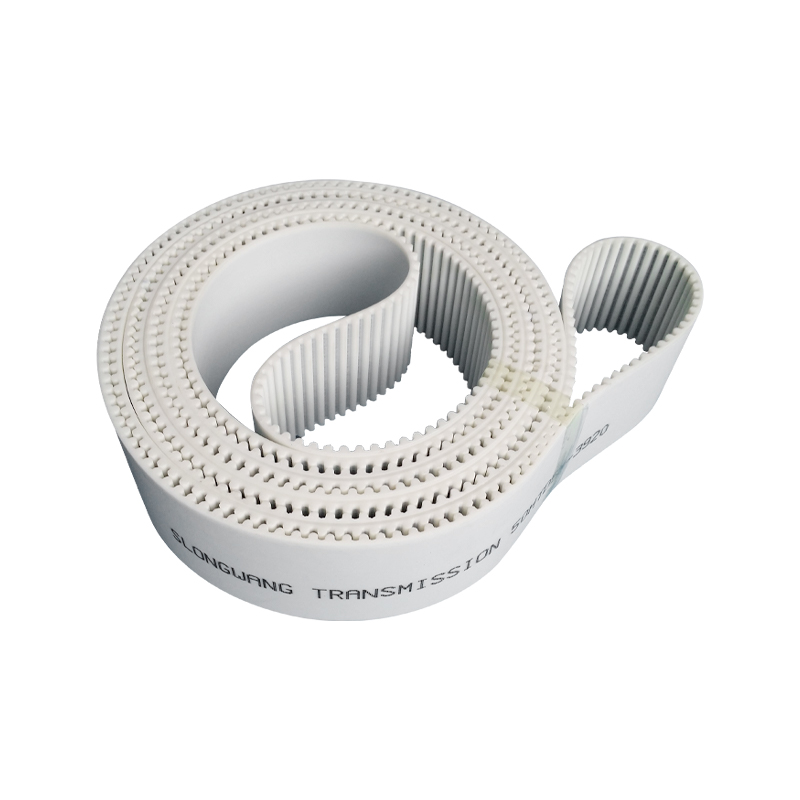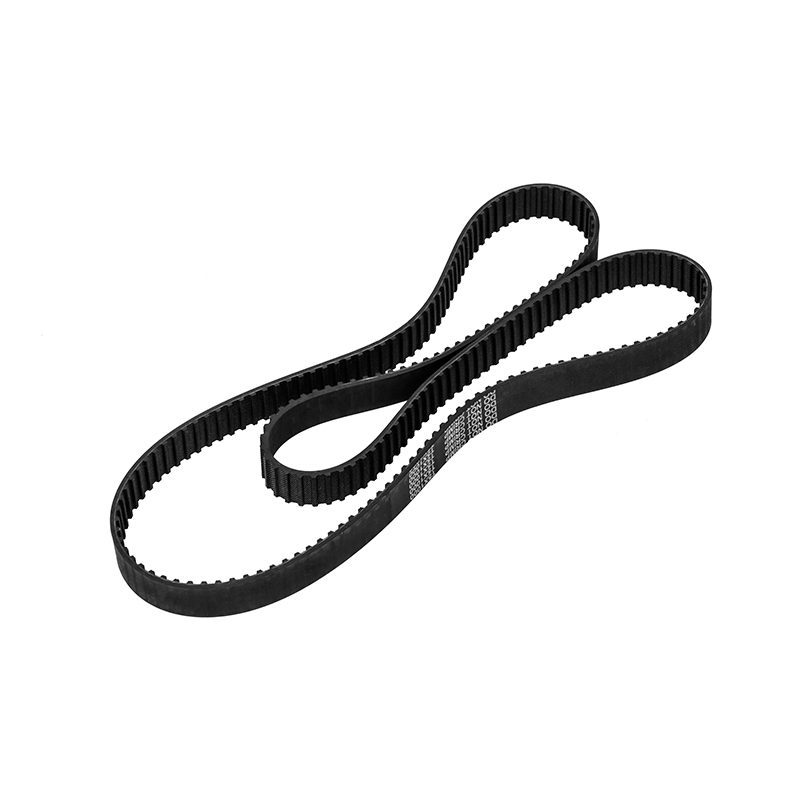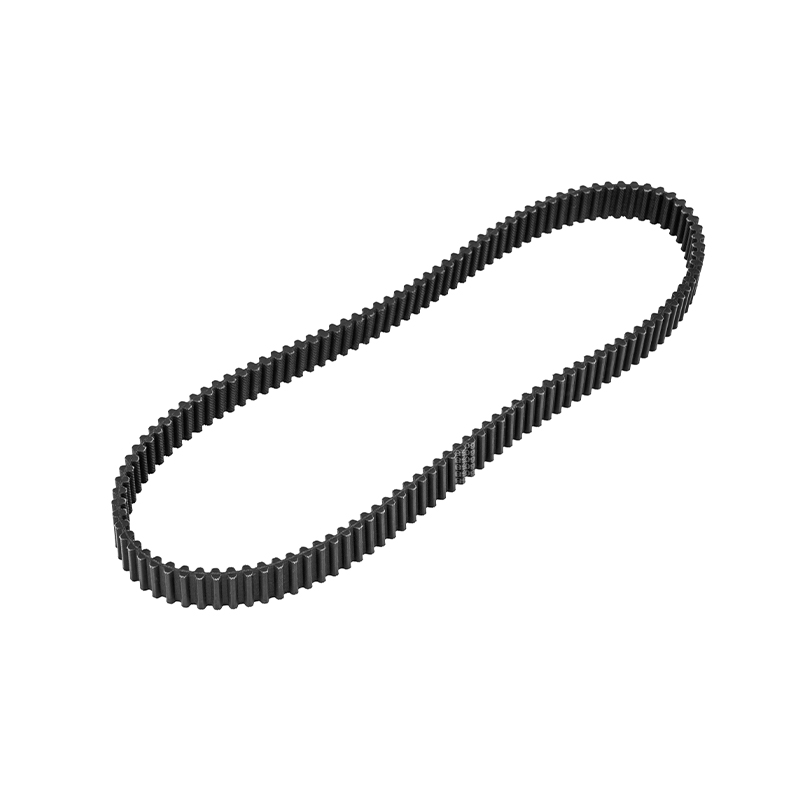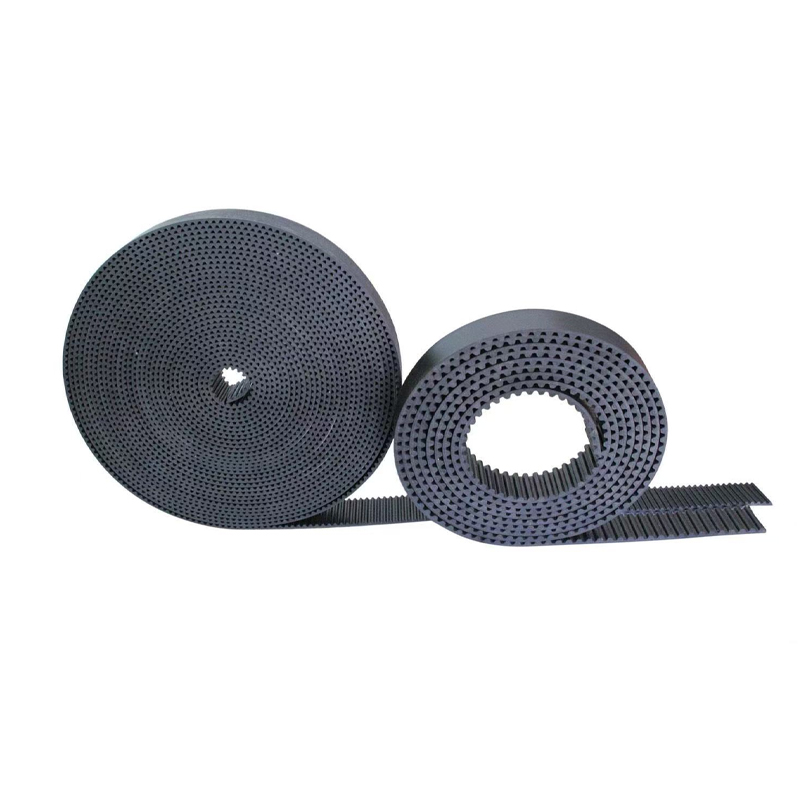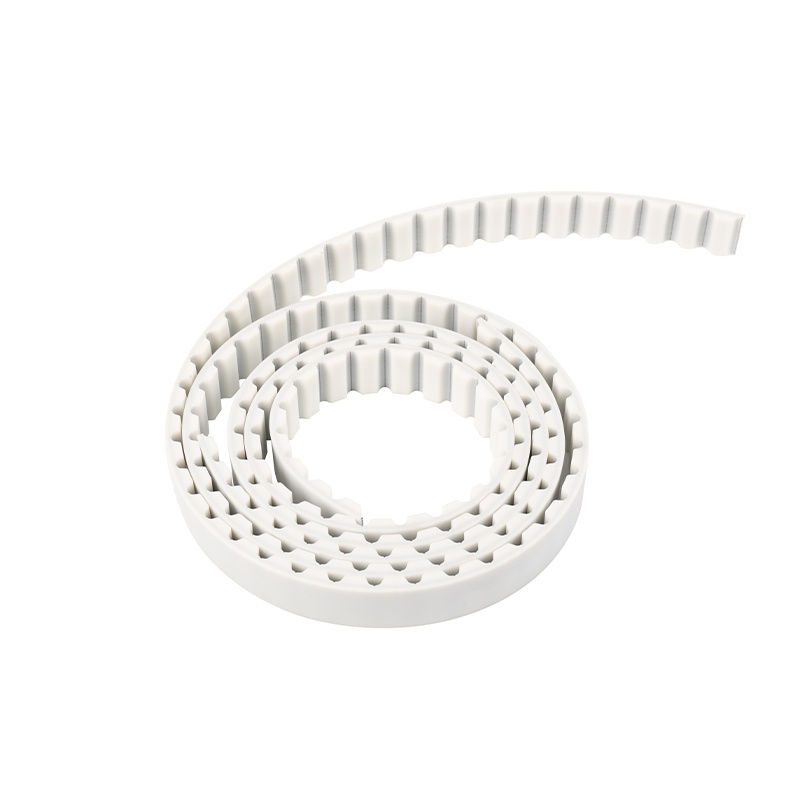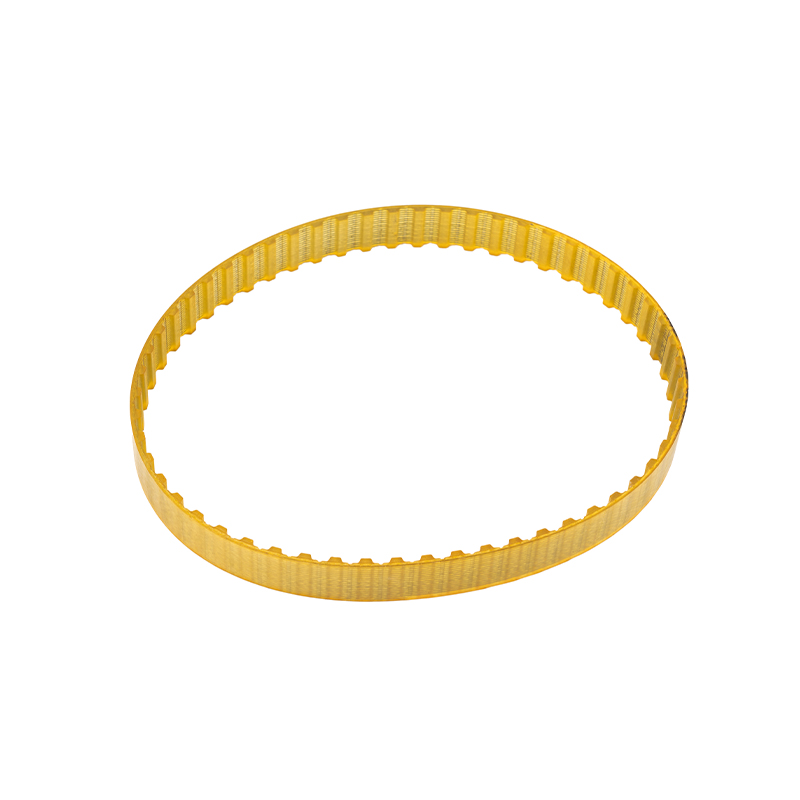How Poly-V Belts and Pulleys Enhance Efficiency in Machinery Systems
2025-10-22
Content
In the world of machinery, whether in automotive engines, industrial equipment, or HVAC systems, power transmission is a crucial element for smooth operation and performance. The right components can improve efficiency, reduce wear and tear, and ultimately lower operational costs. One of the most significant advancements in power transmission systems is the development of Poly-V belts and pulleys. These specialized belts and pulleys are designed to provide superior performance compared to traditional systems. But how exactly do they work, and why are they considered a game-changer for machinery systems?
What are Poly-V Belts and Pulleys?
Poly-V belts, also known as multi-ribbed belts, are a type of V-belt with multiple parallel ribs running along their length. They are typically made from high-strength materials such as EPDM (ethylene propylene diene monomer), which provides both durability and flexibility. The "Poly" in Poly-V refers to the multiple ribs (poly-ribs), which allow the belt to carry more power and provide smoother operation compared to single-ribbed traditional V-belts.
The pulley in a Poly-V system is designed to accommodate these multiple ribs. Poly-V pulleys have a grooved design that matches the ribs of the belt, ensuring optimal contact and preventing slippage. This design allows for better power transmission and greater efficiency in machinery systems.
Together, Poly-V belts and pulleys form a highly efficient power transmission system that offers several advantages over traditional belts and pulleys.
Key Benefits of Poly-V Belts and Pulleys in Machinery Systems
Enhanced Power Transmission Efficiency
One of the standout advantages of Poly-V belts is their ability to transmit more power than conventional V-belts. The multiple contact ribs ensure that the belt engages with the pulley over a larger surface area, resulting in improved grip and increased power transmission efficiency. This means that less energy is lost in the form of heat or friction, allowing machinery systems to operate at optimal efficiency.
In applications where consistent and reliable power transmission is critical — such as in industrial machines, air conditioning systems, and vehicle engines — Poly-V belts ensure that power is delivered smoothly and without interruptions, contributing to overall system efficiency.
Reduced Slippage and Maintenance
Traditional V-belts tend to experience slippage over time, especially under high load or in high-speed applications. Slippage results in energy loss, reduces machine efficiency, and accelerates wear and tear.
With Poly-V belts, the multiple ribs provide a greater surface area of contact between the belt and pulley, minimizing slippage and improving grip. As a result, Poly-V belts ensure that power is transmitted efficiently without excessive slippage, reducing the likelihood of mechanical failure and maintenance issues.
Smoother Operation and Reduced Vibration
The multi-ribbed design of the Poly-V belt allows for smoother operation compared to single-ribbed belts. The even distribution of load across multiple ribs reduces vibration, which is a common issue with traditional belts. Reduced vibration helps to minimize stress on the surrounding machinery, leading to longer component lifespan and less wear on key parts like bearings, pulleys, and shafts.
In industries where smooth operation is essential — such as in automotive engines and HVAC systems — Poly-V belts provide an extra layer of reliability, ensuring quieter and more stable machinery performance.
Increased Load Carrying Capacity
Poly-V belts are specifically engineered to handle higher loads than traditional V-belts. The multi-ribbed design distributes the load more effectively, enabling the belt to carry more power without increasing its overall size. This makes Poly-V belts ideal for applications requiring high torque, such as in heavy-duty industrial machines or automobile engines.
The ability to carry more load also means that the machinery system can perform heavier tasks without compromising efficiency. For example, in industrial manufacturing, Poly-V belts can drive large equipment with minimal energy loss, contributing to overall productivity improvements.
How Poly-V Belts and Pulleys Enhance Efficiency in Specific Industries
Automotive Industry
In the automotive industry, Poly-V belts are widely used for engine accessories, such as the alternator, air conditioning compressor, power steering pump, and water pump. These components often require high-speed operation and high torque, both of which Poly-V belts are well-suited for.
Because Poly-V belts provide better load distribution and smoother operation, they can handle the demands of modern automotive engines, where space is limited and efficiency is a priority. The use of Poly-V belts can also lead to improved fuel efficiency due to the reduction in friction and engine load, as well as less heat buildup during engine operation.
HVAC Systems
Poly-V belts are also commonly used in HVAC systems, where they help drive fans, compressors, and other components. In HVAC applications, efficient power transmission is critical, as these systems often run continuously to regulate building temperatures. Poly-V belts offer lower energy consumption, reduced vibration, and extended service life, making them the go-to choice for HVAC manufacturers aiming for energy-efficient designs.
Industrial Equipment
In industrial machinery, such as conveyor belts, pumps, and compressors, Poly-V belts and pulleys provide precise control over power transmission. They can handle varying loads without compromising speed or efficiency, leading to fewer breakdowns and less frequent maintenance. As a result, industries like manufacturing, mining, and textile production can achieve higher productivity while maintaining low operational costs.
By improving system efficiency and reducing downtime, Poly-V belts help increase the overall output of industrial operations, resulting in greater profitability for businesses.
Agricultural Machinery
Agricultural machinery like tractors, combine harvesters, and irrigation pumps requires belts that can handle extreme conditions while still delivering consistent power. Poly-V belts are well-suited for these applications because they can withstand heavy loads and extreme temperatures while providing smooth power transmission. They also last longer, reducing the frequency of replacements and lowering the overall maintenance cost for farm equipment.
Why Poly-V Belts Are the Future of Power Transmission
As industries continue to seek ways to improve energy efficiency, reduce costs, and minimize environmental impact, Poly-V belts and pulleys are becoming an increasingly popular solution for power transmission systems. Their numerous benefits — from improved efficiency to lower maintenance costs — make them an attractive choice for a wide range of applications.
With the ongoing push for greener technologies and sustainable manufacturing, Poly-V belts are helping industries achieve better energy efficiency and reduced wear and tear. This is especially important in industries like automotive, HVAC, and manufacturing, where machinery performance and energy conservation are critical for both profitability and environmental responsibility.


 English
English 中文简体
中文简体